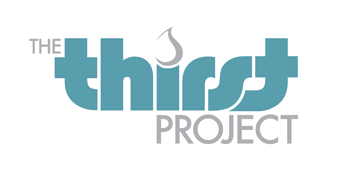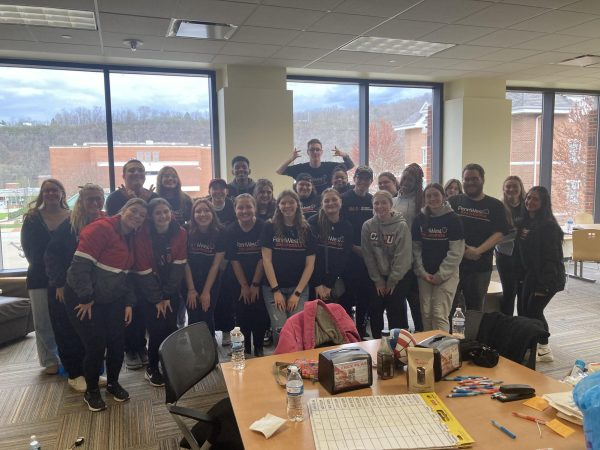The Thirst Project Visits Cal U

November 3, 2015
By providing a community with safe drinking water, disease rates can drop by up to 88% virtually overnight! Child mortality rates can drop up to 90%- overnight! This is the goal of the Thirst Project.
The Thirst Project is the world’s leading youth water activism organization that builds a socially-conscious generation of young people to end the global water crisis.
On Thursday, the Thirst Project held a conference at California University of Pennsylvania to raise awareness of the importance of having clean water and building clean water projects throughout the world.
“For me, this project changed everything,” said Madi Herman, one of the Road Warriors for Thirst. “The organization gave me a passion in my life, and everyone is near and dear to me.
Since 2011, the Thirst Project has provided thousands of people access to clean drinking water and the support needed to build wells in villages throughout Swaziland and Colombia. 4,400 kids die today because they do not have access to clean drinking water.
443 million school days are lost every year because children are trying to find access to clean drinking water for themselves and their families.
“Kids spend these hours from hauling water instead of education, that’s crazy!” Said Nathan Howe, a Road Warrior for Thirst.
With clean drinking water, the thirst project can get children back in school to receive an education, instead of having to search for clean water.
The project does this by educating students at schools across the nation about the water crisis and activating them to participate in the clean water cause and build real water projects all over the world.
The projects mission is water, because of health and sanitation. Waterborne diseases kill more children every single year than AIDS, Malaria, and all world violence combined. Small children typically do not have strong enough immune systems to fight diseases like cholera, dysentery, or schistosomiasis.
“There is a parasite in the water that causes health problems and is responsible for more deaths than Aids,” said Howe. “These health problems (Malaria, cholera, dysentery) come from drinking water like this.”
When initiating the well, sustainability has to be accounted for, and the communities have their own Water Technical Board to assess the terrain as where to place the wells. Said Herman. A specific Water Board for the community made up of six males and six females will maintain regulatory use of the water.
“We (the Thirst Project) setup to tell the story,” said Howe, “and give people the bigger picture on the water crisis in the world.”
The major success story the project shared, was about a woman named Juliet in Swaziland who lost her two children and husband of AIDs and complications from contaminated water. Through donations to the Thirst Project, Juliet and her community now have clean water for life.
When enough funds has been donated to the community, a video is made showing the donors the results of their donations, and the students of the thirst project play the video for everyone in attendance at the conference as an example, depicting a community of men, women and children, enjoying clean water from one of the wells funded by the Thirst Project.
“I can’t express the words when I see the people smile.” said Herman.

























